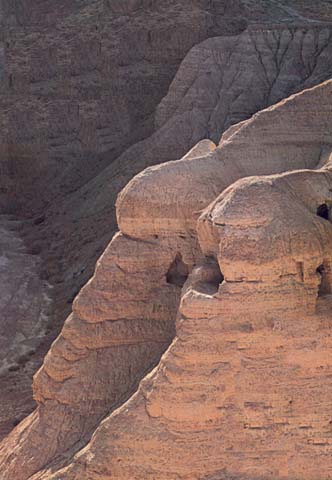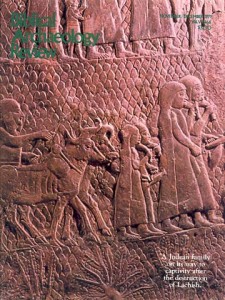Crosses in the Dead Sea Scrolls: A Waystation on the Road to the Christian Cross

The relationship of the Dead Sea Scrolls to early Christianity has absorbed scholars since the dramatic discovery more than 30 years ago. Early, exaggerated commentaries which, for example, stated that the Teacher of Righteousness was Jesus of Nazareth1 or that Jesus was a veritable “reincarnation” of the Teacher of Righteousness,2 have now fallen by the wayside. Left with the less sensational, but more soundly based connections, scholars continue to explore the relationships between the Qumran community and the early Christian church. One such line of connection—infrequently noticed—focuses on the “crosses” in the Dead Sea Scrolls and the sign of the cross in early Christianity.
Formed by the intersection of two lines, written as either + or X, the cross is a very elemental mark. Such a mark appears as early as the Chalcolithic Age (fourth millennium B.C.) on stones at Tell Abu Matar (near Beersheba), and is known widely in the history of religions before the Christian era. It often appears to have a magical or mystical significance. As we shall see, it frequently appears as a mark of protection.
Already a library member? Log in here.
Institution user? Log in with your IP address.

